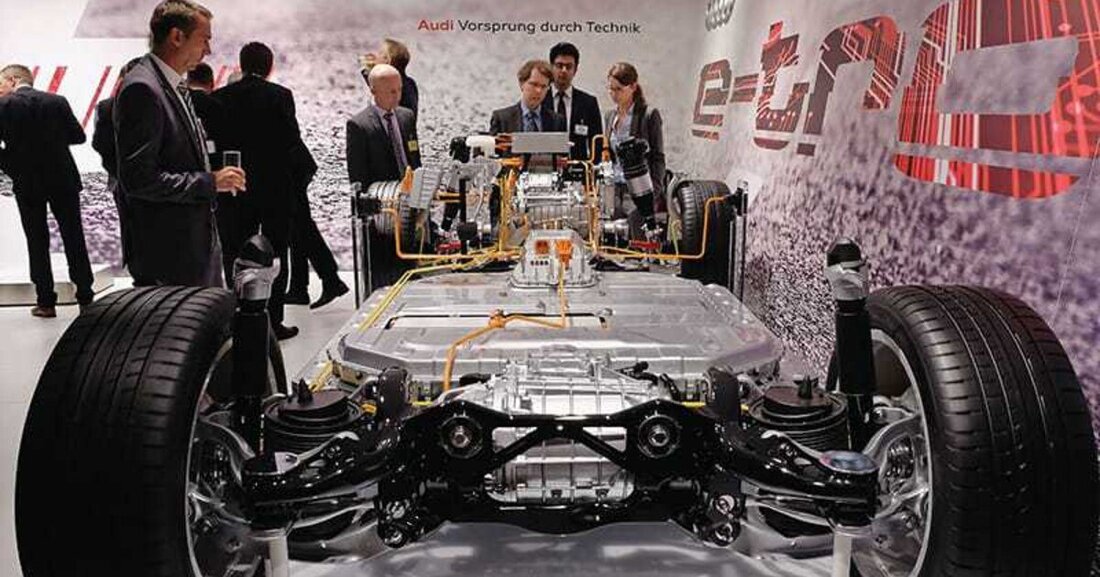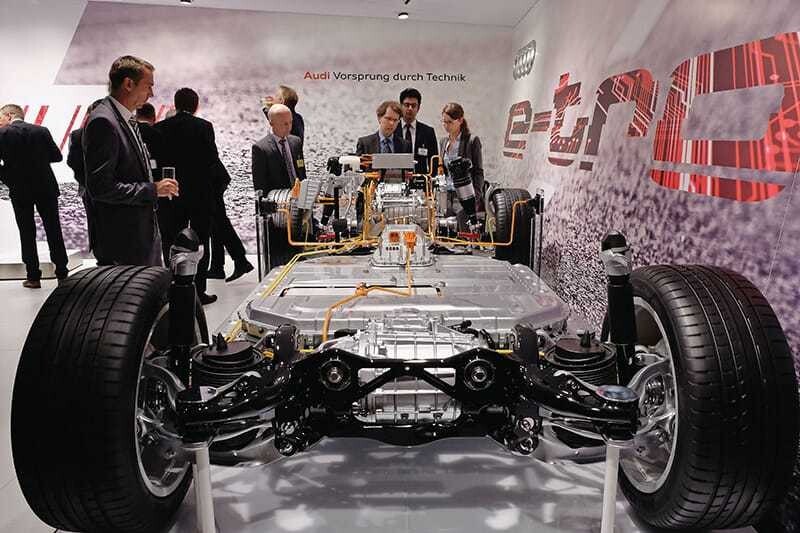Race of drive systems
At the 39th Vienna Engine Symposium, European suppliers and car manufacturers showed how they want to make the disreputable diesel engine fit for the future. At the same time, they presented alternative drive technologies.

Race of drive systems

With pithy words, senior Bosch drive developer Andreas Kufferath announced a small sensation at the Vienna Engine Symposium: “We are well on the way to making the diesel engine almost emission-free.” With a test vehicle developed by Bosch, it was possible to reduce nitrogen oxide emissions to 13 milligrams per kilometer and thus to around a tenth of the future strict exhaust gas limits. Audi presented a real premiere with its first series-produced electric drive, which is used in the purely battery-electric Audi e-tron. The heart of the electrical system is a 95 kWh high-voltage storage system on a 400-volt basis - an in-house development at Audi, as Siegfried Pint, Head of Electrification Drive Development at Audi, emphasized in his presentation. Mercedes-Benz, on the other hand, is continuing to develop fuel cell drives. Around 30 percent more compact than before, the hydrogen-powered drive system can now be completely accommodated in the engine compartment for the first time, reported Christian Mohrdieck, Director Fuel Cell at Daimler.
Photo: Engine Symposium / Copyright: Peter Seipel / Caption:

 Suche
Suche
 Mein Konto
Mein Konto